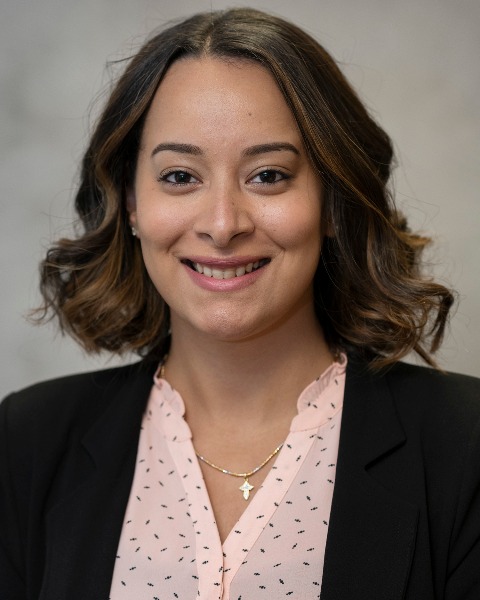Outcomes of Critically Ill COVID-19 Patients Receiving Prophylactic or Therapeutic Anticoagulation
-

-
JS
Jesse Sullivan, PharmD, BCPS, BCCCP
Clinical Associate Professor of Pharmacy Practice
Fairleigh Dickinson University School of Pharmacy & Health Sciences, New Jersey, United StatesDisclosure information not submitted.
-
JC
Joseph Cavanaugh, PharmD, BCPS, BCCCP
Assistant Director of Clinical Pharmacy Services
Community Medical Center, New Jersey, United StatesDisclosure information not submitted.
-
AV
Andrew Vassallo, PharmD, BCPS, BCCCP
Critical Care Pharmacy Specialist
Community Medical Center, New Jersey, United StatesDisclosure information not submitted.
-
MP
Marina Pittiglio, PharmD, BCCCP
Senior Clinical Pharmacy Specialist
Community Medical Center, New Jersey, United StatesDisclosure information not submitted.
First Author(s)
Co-Author(s)
Title: Outcomes of Critically Ill COVID-19 Patients Receiving Prophylactic or Therapeutic Anticoagulation
INTRODUCTION/HYPOTHESIS: SARS-CoV-2 infection leads to hypercoagulability which has been associated with increased risk of thrombotic complications. The purpose of this study was to evaluate the efficacy of prophylactic vs treatment dose anticoagulation in preventing thrombosis associated with COVID-19, as well as safety, defined by the incidence of associated bleeding events.
Methods: This was a retrospective, single-center review of electronic medical records of critically ill COVID-19 patients admitted between March 2020 and February 2021. Patients were included if they received at least 24 hours of prophylactic or therapeutic dose unfractionated heparin or enoxaparin. Patients were excluded if they had established indications for therapeutic dose anticoagulation prior to initiation of anticoagulation or had suspected or known heparin induced thrombocytopenia.
Results: A total of 231 patients were included in the study, of which 78 patients received prophylactic dose anticoagulation and 153 received therapeutic dose anticoagulation. The mean age of patients was 68.4 years and 63.2% were male. The therapeutic dose group had a higher number of patients with diabetes (24.4% vs 38.6%; p= 0.039) and concomitant aspirin use (30.8% vs 63.4%; p< 0.001). The incidence of thrombosis did not differ across the two groups (0% vs 2.6%; p= 0.303). The total bleeding incidence was not significantly different (14.1% vs 24.8%; p= 0.063), however the incidence of hemoptysis was significantly higher in the therapeutic-dose group (0% vs 6.5%; p= 0.018). The intensive care unit length of stay (LOS) and hospital LOS were significantly longer in the therapeutic dose group, respectively (median 5 vs 6 days, p= 0.018; 8.5 vs 13 days, p< 0.001).
Conclusions: No difference in thrombotic complications was detected among critically ill COVID-19 patients receiving prophylactic or therapeutic dose anticoagulation. Overall bleeding incidence was similar; however, therapeutic dose anticoagulation was associated with a higher incidence of hemoptysis. More studies are required to determine the role of anticoagulation in COVID-19 patients.
